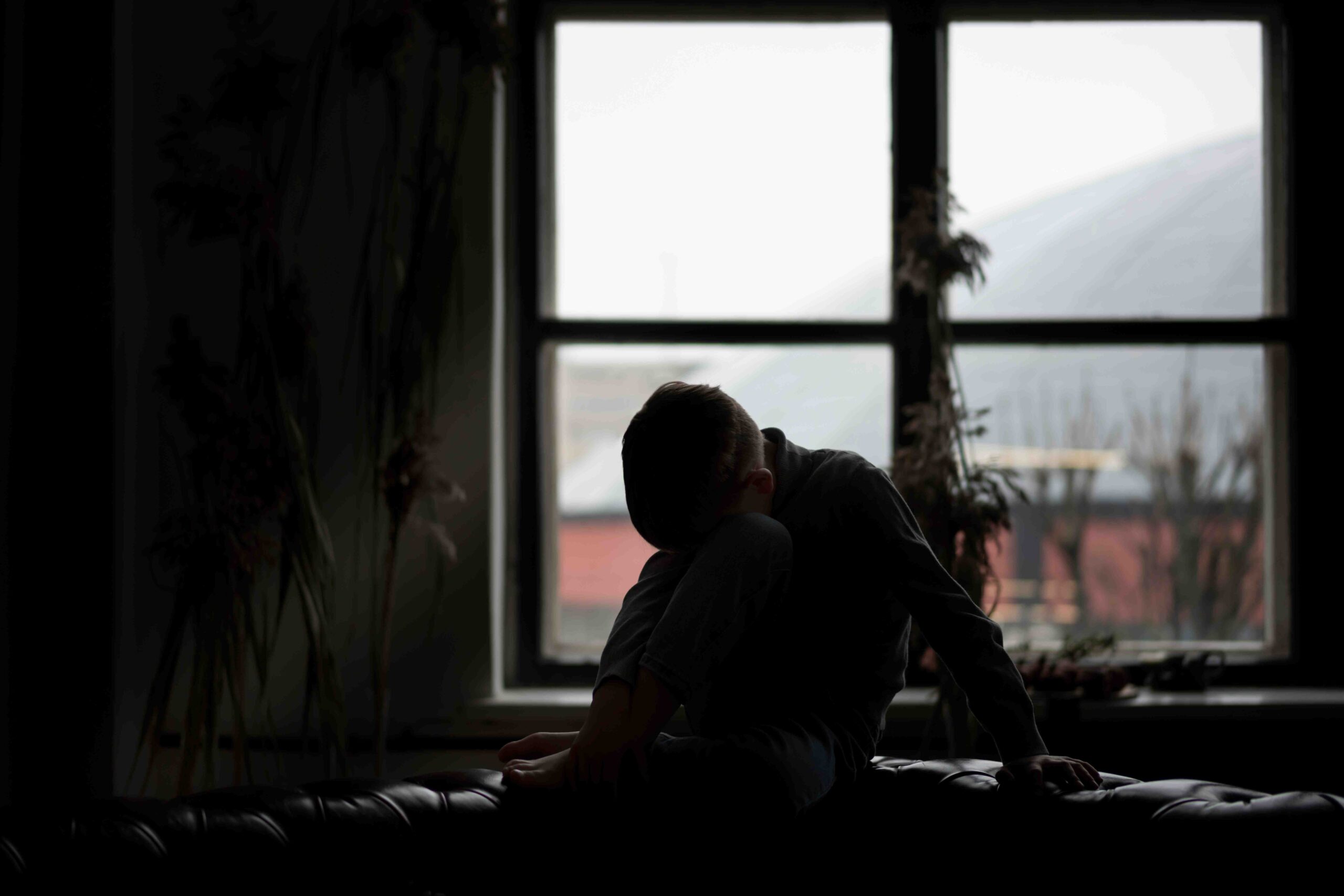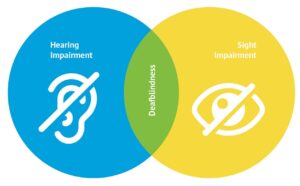We often ignore the signs that our bodies and minds need a break. Growing up, many of us were taught to downplay our emotions—sadness was just sadness, and “anxiety” wasn’t even a word in our caretakers’ vocabulary. Life had to go on, no matter how we felt.
The result? A generation of adults who normalize burnout, emotional suppression, and constant worry, unsure of when to pause and seek help. But here’s the truth: mental health matters, and understanding the difference between everyday emotions and something more serious is vital to healing.
Is It Just Sadness—Or Something More?
Sadness is a regular part of life. It’s our mind and body’s way of responding to loss, disappointment, or unmet expectations. But when sadness lingers or worsens over time, it may develop into clinical depression—a diagnosable mood disorder that goes beyond the occasional “down day.”
Common signs of depression include:
- Withdrawal from people or activities once enjoyed
- Persistent fatigue or insomnia
- Changes in appetite (overeating or undereating)
- Mood swings, irritability, or apathy
- Difficulty concentrating or making decisions
- Persistent feelings of worthlessness, hopelessness, or guilt
- Thoughts of self-harm or suicide
Many people don’t recognize that depression can show up in physical ways, too—aches, digestive issues, and a lowered immune system are all possible.
Key question: Have these symptoms lasted more than two weeks and interfered with your daily life? If so, it may be time to seek support.
When Worry Turns into Anxiety
Worry can be helpful—it alerts us to potential problems. But when it becomes constant, exaggerated, or irrational, it may signal an anxiety disorder. Anxiety affects both the mind and body, activating the “fight-or-flight” system in situations that aren’t dangerous.
Common signs of anxiety include:
- Feeling constantly on edge
- Racing thoughts or overthinking
- Panic attacks (sudden fear with symptoms like chest pain or dizziness)
- Difficulty sleeping or relaxing
- Emotional dysregulation, including anger or irritability
- Avoiding tasks or situations that trigger stress
- Trouble concentrating or making decisions
Left untreated, anxiety can lead to burnout, isolation, or even depression. Many people with anxiety also experience physical symptoms like stomach issues, muscle tension, or rapid heartbeat.
Why Do We Miss the Signs?
One of the most common barriers to getting help is believing “I’m fine” or “this is just life.” We tell ourselves everyone is tired, everyone is stressed, and that our struggles are nothing special. Unfortunately, this minimizes pain and delays healing.
Our upbringing plays a major role. If your family didn’t talk about emotions, you might feel ashamed or confused about what you’re experiencing. Many adults today were taught to “push through” or “be strong,” but emotional resilience isn’t about ignoring pain. It’s about knowing when to seek help.
When to Seek Help
You don’t need to hit rock bottom to justify support. Here are some clear signs that it may be time to speak with a counselor or therapist:
- You’re not bouncing back from low moods or stress like you used to.
- Your usual coping strategies—journaling, exercise, prayer, socializing—aren’t working.
- Others are noticing changes in your behavior or mood.
- Your relationships are strained due to emotional outbursts or isolation.
- Your performance at work or school is slipping due to low motivation or focus.
- You feel stuck—numb, overwhelmed, or disconnected—and you don’t know why.
Seeking help isn’t a sign of weakness. It’s an act of self-awareness and strength.
What Therapy Can Offer
Therapy provides a safe, non-judgmental space to explore what you’re going through. A licensed therapist can help you:
- Unpack unresolved emotions or past experiences
- Reframe negative thought patterns
- Build healthier coping strategies
- Strengthen your sense of identity and self-worth
Depending on your needs, your therapist may use evidence-based approaches like Cognitive Behavioral Therapy (CBT), Acceptance and Commitment Therapy (ACT), or trauma-informed care. Some incorporate mindfulness, creative expression, or body-based techniques (also known as somatic methods—approaches that help release stress stored in the body).
A note on the word “disorder”: When we hear “anxiety disorder” or “mood disorder,” it can sound overwhelming. But a disorder simply means that something in the body or brain isn’t functioning normally. It doesn’t mean you’re broken—and it doesn’t mean it’s permanent. With the proper treatment and support, many mental health disorders can improve significantly or resolve entirely.
If you’re considering reaching out, many clinics—including ours—offer a brief introductory phone call to help determine if therapy is the right fit before booking a full session.
Myths About Mental Health
Let’s clear up a few common misconceptions:
- “I should only go to therapy if things are really bad.” No, you can go to therapy proactively. Many people benefit from counseling before a crisis hits.
- “If I just try harder, I can snap out of it.” Depression and anxiety are not character flaws. They’re mental health conditions that often need professional support.
- “Talking won’t change anything.” Talking may not change the past, but it can change how you experience the present and shape your future.
You Deserve Support
Whether you’ve been silently struggling for years or just recently noticed something feels “off,” you deserve to feel better. Emotional well-being isn’t a luxury. It’s a basic human need.
No one should have to power through alone. If your mental load feels too heavy, know that relief is possible—and help is available.
Next Steps & Resources
If this article resonates with you, here are a few things you can do right now:
- Talk to someone you trust. Don’t isolate yourself. Connection is a powerful antidote to distress.
- Track your mood. Write down how you feel each day. This can help you (and a therapist) see patterns over time.
- Reach out to a mental health professional. You can start with a brief introductory phone call.
- Explore local and online resources. Mental health apps, crisis helplines, and community groups can be great starting points.
You Are Not Alone
If you’re reading this, you’ve already taken the first step: acknowledging that your mental health matters. Healing is possible. Help is available. And most importantly, you’re not alone on this journey.





